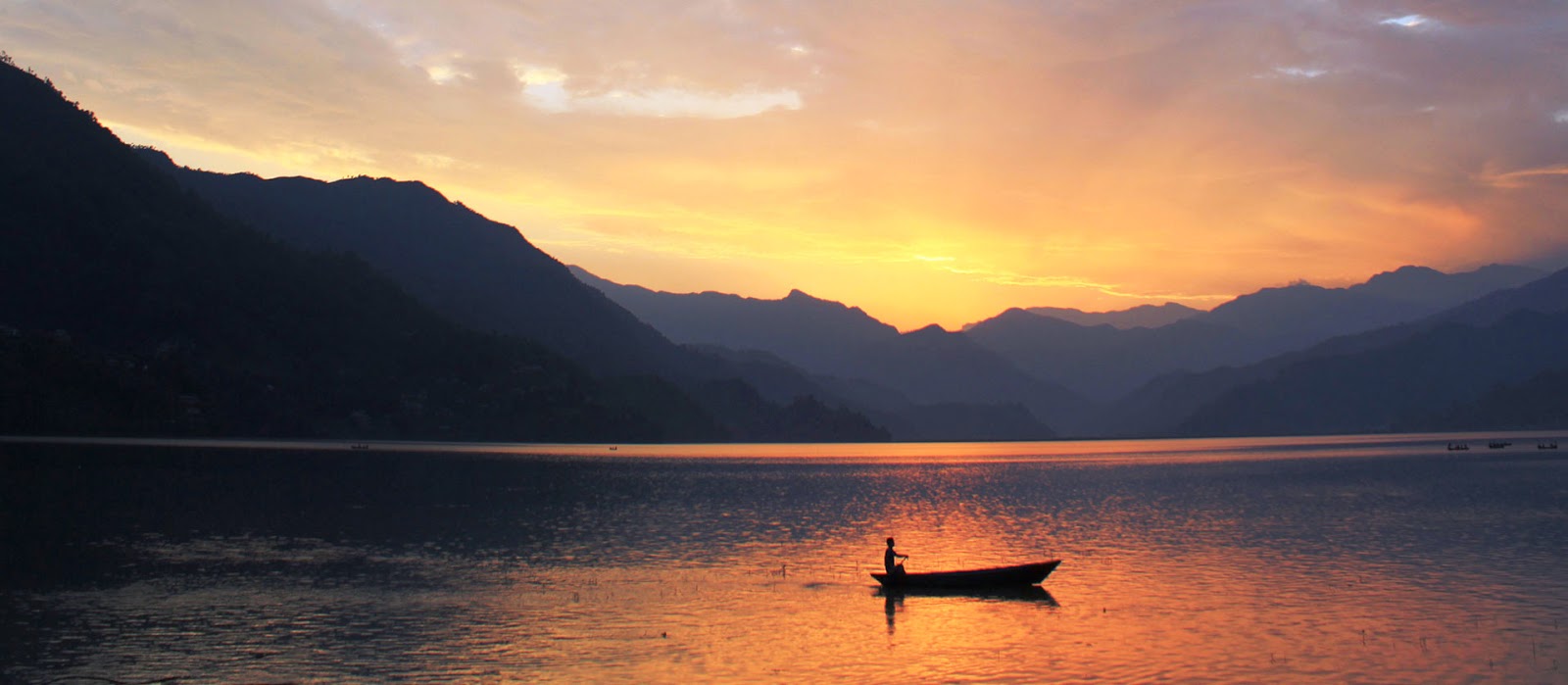From the height of 8,840 meters, Mount Everest dominates the
Himalayas and also the rest of the landscape on the border between Tibet and
Nepal. Situated between Arun River and its tributary, the Sun Kosi, this
mountain is surrounded by three peaks over 8,000 m: Lhotse (8,501 m), Cho Oyu
(8,201 m) and Makalu (8,463 m). The set is called
"Chomolungma-Himal." Everest, consisting of fragments of Tibetan and
Indian plate, appeared to form the Himalayas by the collision, in the late
Tertiary era.
At the foot of the southern slope two valleys extend huge
glaciers: the Imja glacier and the Khumbu Glacier, through which the south face
of the mountain can be seen. From the height of 5,700m, one enters the realm of
perpetual snow.
When Tibetans fled into exile to the Nepalese side, they
were given the name of sherpas. The Sherpas are famous for their skills as
porters and climbers. Before the advent of tourism, their economic earnings
were based exclusively on agriculture and trade. Some of the settlements at
high altitudes are prosperous because of their role as traders between Nepal
and Tibet in the ancient past.
All the nations have attempted their conquest, but the
Everest resisted until 1953 and many climbers paid with their lives. Initiated
in 1907, the first British expeditions were disrupted by World War I and did
not resume until 1921. With the opening of the Tibetan border, seven British
expeditions set out to conquer the north face of Everest. After the
disappearance of two mountaineers George Mallory and Andrew Irvine in 1924, the
Dalai Lama banned further attempts until 1933.
Thereafter expeditions followed, suspended again by the
Second World War. In 1950, closing its borders Tibet, the attempts to conquest
Everest started from Nepal. The May 29, 1953, a New Zealander Edmund Hillary
and Sherpa Tensing Norgay defeated the tallest mountain by conquering it.
After that, thousands of attempts have been made and only
half of them have been successful. To take on the highest mountain of the
world, you require a good trekking outfitter in Nepal.











